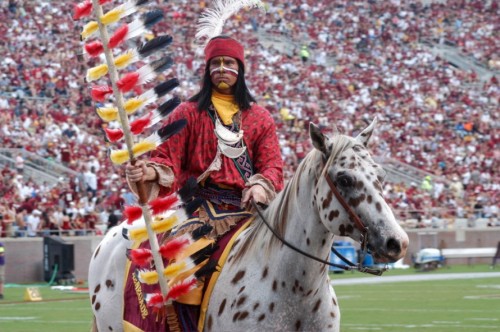This is the question that The1Janitor answers in his vlog below, offering some interesting perspective on cultural appropriation.
When white people ask him whether they should wear dreadlocks — a question he says he gets a lot — he explains that he gets the impression that they think that dreadlocks are a part of black culture. Here’s his response to that:
As far as I know, dreadlocks are mostly associated with the Rastafarian movement from Jamaica. And, as far as I know, that’s not a racial movement. And beyond that locks are worn in other places like Africa and the Middle East and Asian for many different reasons, sometimes spiritual or religious reasons.
Now I am not African or Jamaican or Rastafarian or even remotely spiritual or religious at all. Yet no one has ever accused me of cultural appropriation for having dreadlocks.
He makes a good point.
Culture is, itself, a political and politicized thing and it’s subject to social construction. Whether something counts as cultural — as opposed to, say, rational or biological or universal — is something that people figure out together in interaction, not always consciously. Dreadlocks aren’t African American, they’re lots of things to lots of people. But they also are African American, because Americans do tend to associate them with African Americans. This isn’t reality, though, it’s socially constructed reality.
Moreover, cultures are always changing, often in response to interaction with other cultures. So, to say that a thing like dreadlocks, even if they were African American in origin, could never be borrowed by another cultural group is both overly rigid and inevitably false.
His conclusion: “You’re allowed to like stuff, but you do have to take history into account,” including stuff like power and inequality.
I don’t necessary agree with all of his examples, but I like how he pushes us to think more carefully about cultural appropriation by putting the idea of culture front and center.
Here’s The1Janitor (I apologize if you encounter an ad):
Hat tip to @antoniojc75!
Lisa Wade, PhD is an Associate Professor at Tulane University. She is the author of American Hookup, a book about college sexual culture; a textbook about gender; and a forthcoming introductory text: Terrible Magnificent Sociology. You can follow her on Twitter and Instagram.









